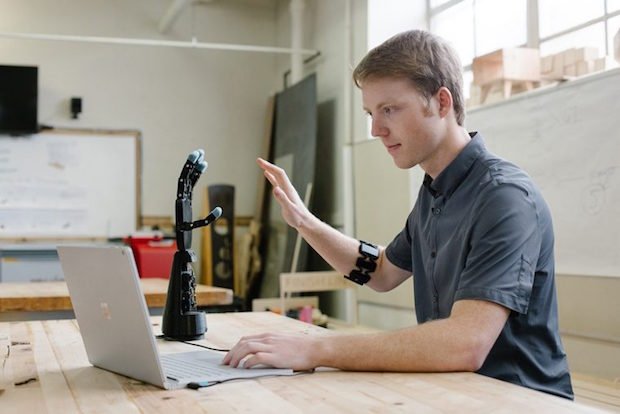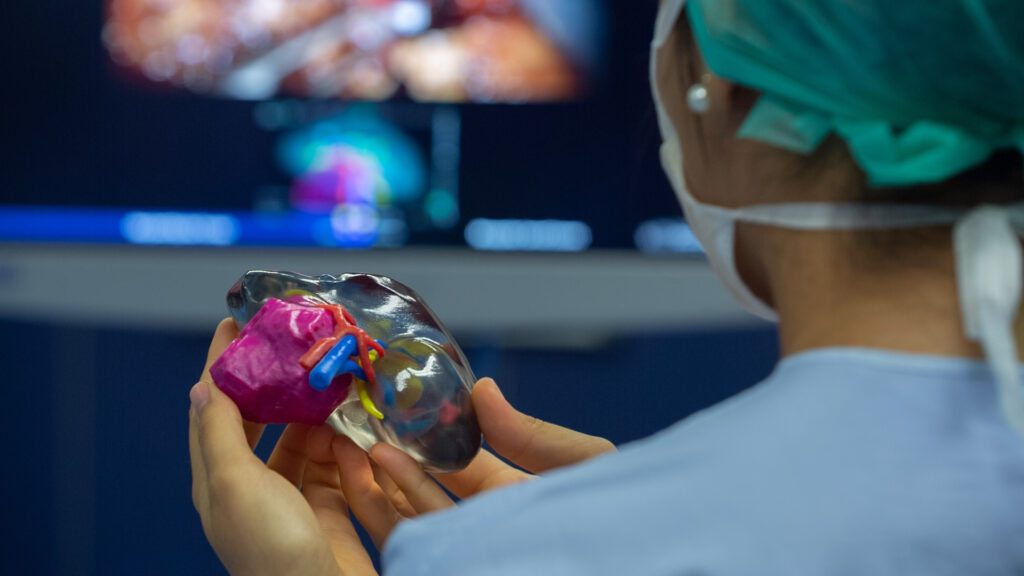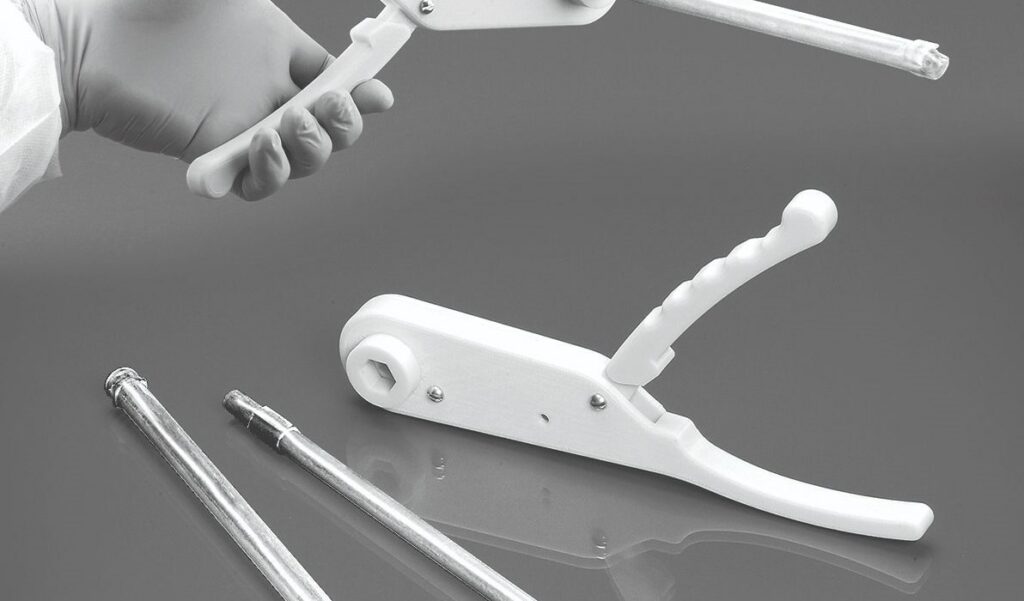What is medical 3D printing?
Additive manufacturing or 3D printing has become an integral part of the medical industry. It is being used to create prosthetic body parts, surgical implants and other medical devices and offers a number of benefits over other traditional methods of manufacture.

The newest 3D print technology allows us to bring to life how we traditionally visualise cellular proteins on a computer in computational chemistry and biology.
Craig Cummings - The Institute of Cancer Research
Accelerate innovation
Accelerate innovation
Print in multiple materials
One of the key benefits of additive manufacturing is that it can print 3D objects from a wide variety of materials. This means that it can be used to create products made from a wide range of plastics and composites mimicking the look and feel of anatomical parts. This can be especially useful for creating prosthetics that closely match the patient’s existing anatomy.
Lower cost per part
Costs can be significantly reduced through the use of 3D printing as the initial costs of equipment are offset by reduced production costs. Low cost printing under a controlled environment with minimal waste leads to a time and money saving factor.
Optimal functionality
All parts of the device can be designed to work together to provide the maximum possible functionality while still remaining lightweight and comfortable for the patient. As it is possible to manufacture affordable implants on demand basis, there is increased accessibility and improved quality of life for patients by providing them a cost-effective prosthesis/implant to maintain their optimal level of activity.
Versatile applications

3D printing is being used to create a range of prosthetics, including artificial hands, feet, legs, ears and noses.

Surgical planning tools and templates can also be created using 3D printing technology.

3D printing is also being used to manufacture surgical instruments such as forceps and retractors.





